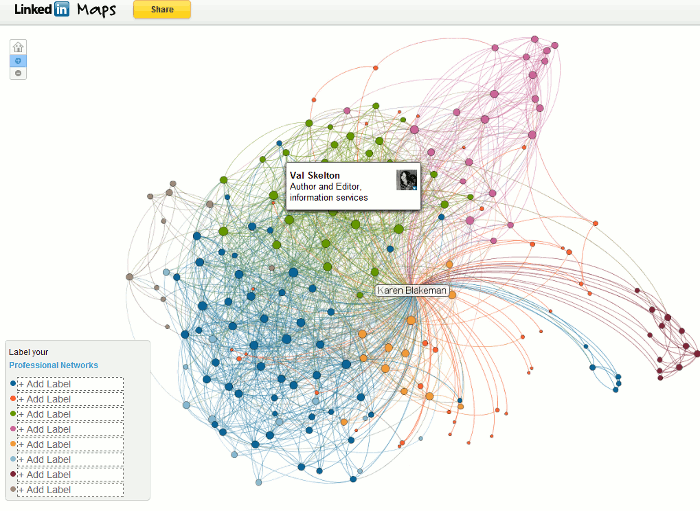LinkedIn is seriously annoying some of its users. Megan Roberts recently reported her experiences of the network’s data insecurity on her blog LinkedIn and data insecurity (http://meganjroberts.wordpress.com/2014/06/10/linkedin-and-data-insecurity/). But it seems they’ve upped their game.
I had (or possibly still do have) a Personal Premium account. As I don’t find the limited extra features of any use I decided to cancel my premium account about three weeks ago, well in advance of the renewal date. Having filled out the online forms I assumed that was all I had to do, but each time I logged in to my account it was still marked as a Premium account. So I went through the cancellation process again. I waited a few days but my account was still marked as premium. I went through the cancellation procedure again. My account was still labelled as Premium but when I went to try and cancel it a fourth time it was marked as already cancelled. Success? Well – no.
Today I checked my business bank account and saw that LinkedIn has debited my account for the renewal fee despite my cancellation. Perhaps I should have been alerted to potential problems when confirmation emails failed to arrive. But under my account settings the premium account was finally marked as cancelled so I assumed that was that.
I have raised a ticket with LinkedIn but I doubt I’ll get any sense from them – I never have done in the past. First thing in the morning I am reporting the debit to my bank as an unauthorised transaction.
Congratulations, LinkedIn, on developing a strategy that is guaranteed to thoroughly p*** off your users.
Update: LinkedIn have now apologised for the “misunderstanding”. My account has been reset to “basic” and they have refunded my money.
